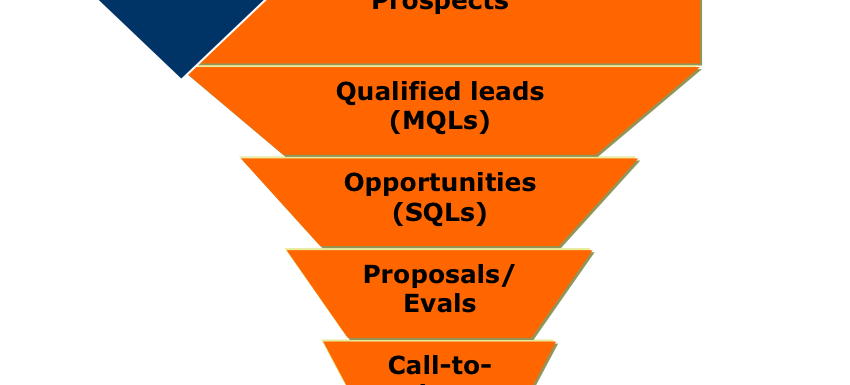 The average B2B buyer is 57% through the purchase decision before engaging a supplier sales rep according to research completed by CEB’s Marketing Leadership Council in partnership with Google. For many, I think this percentage is surprising as I’m pretty sure that if you asked this question to B2B marketers you would get a wide range of answers but the majority would give you a much lower percentage. I’m also sure others may question the data and dismiss it’s validity.
The average B2B buyer is 57% through the purchase decision before engaging a supplier sales rep according to research completed by CEB’s Marketing Leadership Council in partnership with Google. For many, I think this percentage is surprising as I’m pretty sure that if you asked this question to B2B marketers you would get a wide range of answers but the majority would give you a much lower percentage. I’m also sure others may question the data and dismiss it’s validity.
However, that misses the key takeaway here. It’s not the actual number that is important here (unless you think it’s much lower at which point I’d want some proof). Whether it’s 45% or 65% or any number in between, the key point is that the B2B buyer is about 50% through the purchase decision before they even talk to your sales team. So what does this mean to marketers? Here are 5 key things that need to be considered in light of this 57%:
- Your sales cycle is even longer than you thought. It’s no secret that the B2B sales cycle is long but the majority of companies believe a lot of the time is taken up convincing multiple decision makers or influencers at a target company. But if we believe this stat, then your sales cycle is almost twice as long as you thought because starting to convince the buyer needs to take place long before the sales team begins what they thought was a long process. Many companies measure the length of the sales cycle from when the prospect was first identified but that is half way through now. Basically, the top of the funnel is really deep, or long, too.
- Creating valuable content is even more important. So what’s happening before the buyer engages the sales team. It’s clear that a lot of research is taking place as the prospect educates themselves on the trends, different approaches and solutions available. But they are doing this by consuming vast amounts of content, not listening to a sales person. Therefore, marketing must develop even more content for the top of the funnel which includes educational white papers, videos, infographics, eBooks, etc. And, that content must be compelling or the prospect may never engage with your sales team.
- You need to integrate your initiatives completely over time. It’s safe to assume that the information the prospect is gathering during this initial phase is not all from the same place so your content not only needs to be in different formats but also distributed across many, many different media using multiple tactics. That’s why it’s crucial your integrated marketing plans not only combined these different tactics but also engage prospects throughout the funnel. How effective could you campaign possibly be if the prospect only saw you once during this 57% stage or saw different messages during that time?
- Sales and marketing need to work even more closely together. There are still many sales and marketing teams that just don’t get along. The more forward thinking companies have bridged this divide and have a sales and marketing team that work together towards a common goal. This 57% not only reinforces that point but means that even the most aligned marketing and sales teams need to be even more so. The sales team can’t start with a prospect assuming it’s the first engagement with your company and marketing needs to carefully hand off the leads with all the relevant background of that engagement to date.
- New tools and approaches are needed. Over the last 5-10 years technology has revolutionized how marketing can be done. With better targeting through search advertising to marketing automation and now social selling to account-based marketing, it’s clear new and different approaches are needed to reach the prospect early and engage them before the even reach out to you. If you wait until the prospect is ready to engage your sales team, then it’s likely too late if your competitors have done a better job during the first 57% of the process. But these tools still need to be built on a marketing strategy and not just used because they are new.
This is not all the key points that need to be considered for the significance of the 57% to B2B marketing but I hope I’ve outlined some key considerations for you to look at as you build your plans. It’s not the same game or approach anymore and if that wasn’t clear before then this research should clearly be your wake up call.


Leave a Reply